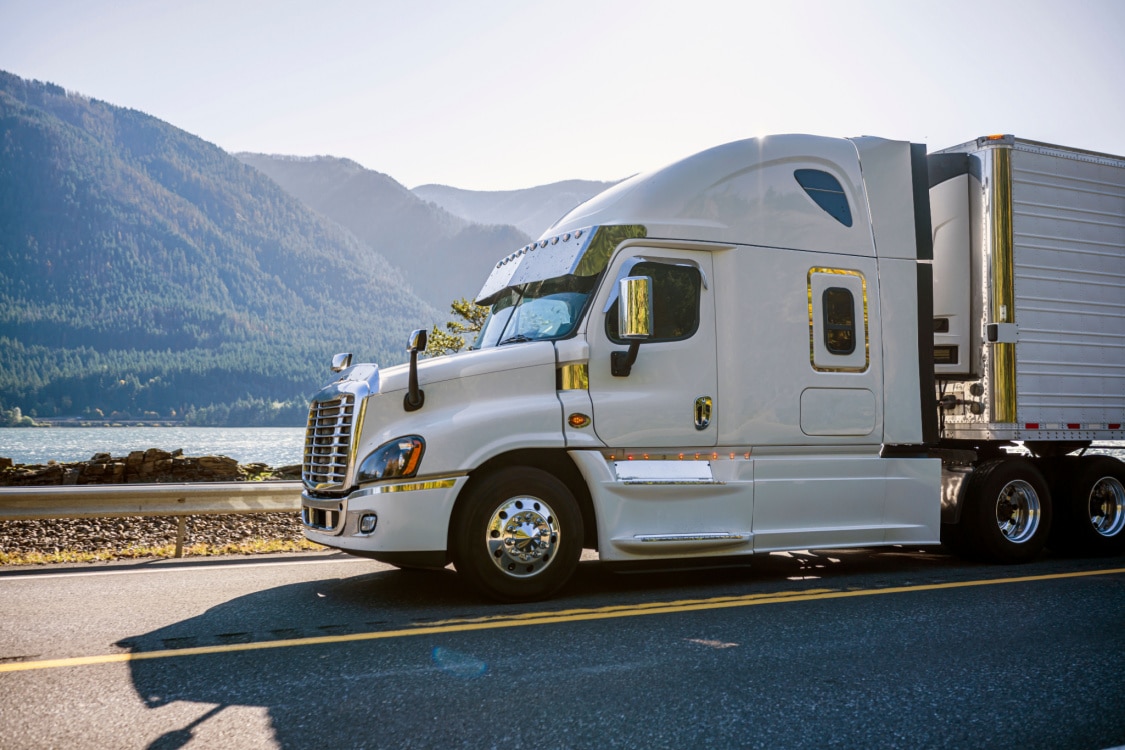Semi-trucks are an essential part of the transportation industry. They transport goods from place to place, often over long distances. As such, keeping these vehicles properly maintained is vital to ensure their safe and efficient operation. Semi-truck maintenance is a critical component of the trucking industry, and drivers must understand the importance of regular maintenance and servicing.
Three key reasons why semi-truck maintenance is beneficial are:
Ensure Safety
Regular maintenance and servicing of semi-trucks ensure the safety of the vehicle and the cargo it is carrying. Properly maintained semi-trucks are less likely to experience breakdowns, which can be costly and time-consuming. Regular maintenance can also help maximize the life of the vehicle, as well as its fuel efficiency. Fuel efficiency can result in significant cost savings in the long run.
Reduce Emissions
In addition to safety and saving money, properly maintained semi-trucks can also help reduce emissions. Reduced emissions are especially crucial in today’s world as more and more countries and cities are implementing stricter regulations to reduce emissions. By ensuring that semi-trucks are maintained and serviced properly, truck drivers and motor carriers can help to reduce their environmental impact.
Customer Satisfaction
Finally, regular maintenance and servicing of semi-trucks can help improve customer satisfaction. When semi-trucks are maintained and serviced, they are more likely to deliver goods on time and in the promised condition. Keeping this promise can help to build customer loyalty and trust, resulting in a positive effect on a trucking company’s reputation.
Additional Benefits of Semi-Truck Maintenance
In addition to the three key benefits above, keeping your vehicle in top condition has several other advantages:
- Reliability: Regular maintenance helps to keep the semi-truck running reliably to ensure that commercial truck drivers deliver their goods on time.
- Optimize performance: Regular maintenance helps to keep a semi-truck running at its best, ensuring it performs optimally.
- Reduce repair costs: Regular maintenance helps reduce wear and tear on the semi-truck, ensuring it stays in good condition for longer. Preservation helps prevent mechanical issues from occurring, reducing the need for costly repairs.
The Bottom Line
Overall, semi-truck maintenance is a critical component of the trucking industry. Properly maintained and serviced semi-trucks can help ensure the safety of the vehicle and the cargo it is carrying, maximize the life of the truck, reduce emissions, and improve customer satisfaction. As such, it is essential for truck owners and operators to understand the importance of regular semi-truck maintenance and servicing and to make sure they carry it out regularly.
Drive With The Best
Knowing the importance of semi-truck maintenance is a valuable skill to have as a truck driver and one that trucking companies look out for in potential employees. If you are ready to drive with a company that prioritizes safe driving and well-maintained vehicles, look no further than DSW. Our modern equipment can help drive forward your future in the industry.












